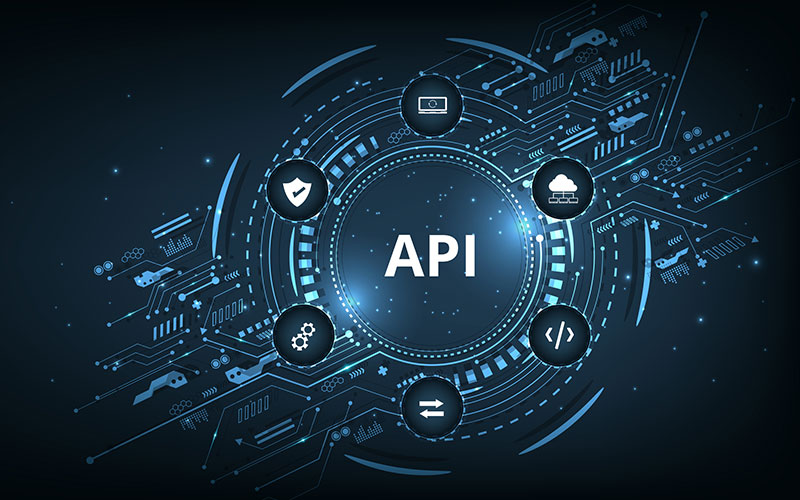In the fast-paced world of technology, mobile applications have become essential for businesses and individuals alike. From enhancing customer engagement to streamlining business processes, the benefits of a well-developed mobile applications are immense.
At Web Craft Pros in New York, USA, we understand the intricacies involved in Discover the timeline for mobile applications development. Web Craft Pros in New York, USA, explain the stages and factors influencing the duration of creating a mobile applications. development. This comprehensive guide will outline the various stages of the development process and the factors that influence the timeline, providing you with a clear understanding of what to expect.
Understanding the Mobile Applications Development Process:
1. Initial Planning and Research (2-3 Weeks):
The first and arguably most crucial phase of mobile applications development is initial planning and research. During this stage, we focus on:
- Identifying objectives: Understanding the purpose and goals of the app.
- Market research: Analyzing competitors and identifying target audience needs.
- Defining features: Outlining the essential features and functionalities of the app.
- Creating a roadmap: Establishing a timeline and milestones for the development process.
Effective planning lays a solid foundation for the project and helps in preventing potential issues later on.
2. Wireframing and Prototyping (3-4 Weeks):
Once the initial planning is complete, the next step is to create wireframes and prototypes. This phase involves:
- Wireframing: Designing the basic structure and layout of the app.
- Prototyping: Developing interactive prototypes to visualize the user experience.
Wireframing and prototyping allow for early feedback and adjustments, ensuring the app’s design aligns with user expectations and business goals.
3. Mobile App Design (4-6 Weeks):
The design phase is where the app begins to take shape visually. This stage includes:
- UI/UX design: Creating an intuitive and engaging user interface.
- Graphic design: Incorporating branding elements such as logos, colors, and fonts.
- User testing: Gathering feedback on design elements to make necessary refinements.
A well-designed app enhances user experience and sets the stage for successful development.
4.Mobile Applications Development (8-12 Weeks):
The development phase is the most time-intensive part of the process. It involves:
- Front-end development: Coding the user interface and ensuring responsiveness across devices.
- Back-end development: Setting up servers, databases, and APIs to support the app’s functionality.
- Integration: Connecting third-party services and APIs to enhance app capabilities.
The complexity of the app, the number of features, and the platforms (iOS, Android, or both) significantly impact the duration of this phase.
5. Testing and Quality Assurance (3-4 Weeks):
Testing and quality assurance are crucial to delivering a bug-free, high-performance app. This stage includes:
- Functional testing: Ensuring all features work as intended.
- Usability testing: Verifying the app’s ease of use and user experience.
- Performance testing: Checking the app’s speed, responsiveness, and stability.
- Security testing: Identifying and addressing potential vulnerabilities.
Thorough testing helps in identifying and resolving issues before the app is launched.
6. Deployment (1-2 Weeks):
The deployment phase involves preparing the app for launch. This stage includes:
- App Store submission: Following guidelines and requirements for publishing the app on Google Play and the Apple App Store.
- Marketing materials: Creating promotional content to support the app launch.
- Beta testing: Releasing the app to a select group of users for final feedback.
Deployment can take longer if there are delays in app store approvals or if significant changes are required based on beta testing feedback.
7. Post-Launch Support and Maintenance (Ongoing):
Once the app is live, ongoing support and maintenance are essential for its success. This phase includes:
- Monitoring: Tracking app performance and user feedback.
- Updates: Releasing regular updates to fix bugs, add new features, and improve functionality.
- Support: Providing customer support to address user issues and concerns.
Continuous improvement ensures the app remains relevant and functional in the long run.
Factors Influencing the Development Timeline:
1. Complexity of the App:
The complexity of the app is one of the most significant factors affecting the development timeline. Simple apps with basic features can be developed relatively quickly, while complex apps with advanced functionalities, such as real-time updates, geolocation, and payment processing, require more time.
2. Platforms and Devices:
Developing an app for multiple platforms (iOS, Android) and ensuring compatibility with various devices can extend the development time. Each platform has its own set of guidelines, development tools, and testing requirements.
3. Team Size and Expertise:
The size and expertise of the development team play a crucial role in determining the timeline. A larger team with experienced developers can often complete projects faster than a smaller team with limited resources.
4. Client Feedback and Revisions:
Client feedback and revisions can impact the development timeline. Regular communication and prompt feedback can help in keeping the project on track, while delays in feedback can lead to extended timelines.
5. Integration with Third-Party Services:
Integrating third-party services and APIs can add to the complexity and duration of the development process. Proper planning and coordination with third-party providers are essential to avoid delays.
Conclusion:
The timeline for developing a mobile applications can vary significantly based on several factors, including app complexity, platforms, team size, and client feedback. At Web Craft Pros in New York, USA, we strive to deliver high-quality mobile applications within a reasonable timeframe, ensuring a seamless and engaging user experience.









